|
If you live in a silt-heavy area prone to flooding, you may have experienced a clogged culvert on your property. Culverts become clogged when slow-moving or stagnant water deposits a large amount of sediment in the culvert pipe. If this sediment build-up goes unchecked, drainage can slow or stop entirely, leading to flooding and erosion in your yard and driveway or even on your neighbors' or public property. Here are a few strategies for dealing with a clogged culvert. First, check with your municipality (township, county, subdivision developer, etc.) to see if the culvert in question falls under their jurisdiction. If so, they are probably responsible for maintaining the culvert and will be able to clear it out or replace it for you. However, if municipal codes show that the culvert is your responsibility, you will have to hire a professional to clear the culvert, or do it yourself. If you do decide to try clearing the culvert on your own, there are a couple of available methods. First, if the sediment build-up is near the pipe’s exit points, you can usually use a shovel to clear it away, provided too much debris has not built up. Just make sure not to damage the culvert’s slope (culverts are higher at one end and slope down slightly at the other to allow for proper flow) in the process. When the clog is located deeper inside the pipe, solutions are less straightforward. One option is to make an extended shovel by welding pipe to the head of a shovel and inserting it in the culvert to clear away the debris. You can do the welding yourself or have it done in a local shop. There are also tools available online made specifically for cleaning culverts. This tool http://amzn.to/2xzqFvB has a hoe-type head that pivots at the joint. After being pushed into the culvert, the pivoting joint will cause the tool’s head to sink into the debris, extracting material from the blockage when you pull it out. Both the extended shovel and culvert cleaner options have been known to work. However, they are labor-intensive, often requiring extensive effort and help to finish the job. Check the reviews to make sure it's what you're after before purchasing. Another method for unclogging your culvert is to use a pressure washer or sewage jetter to blast the flow-disrupting materials out with water. Equipment like this is pricy, but you may be able to borrow something from the local volunteer fire department or other municipal department such as sewage or road maintenance. The downside to this method is that you may also need to secure a vacuum truck to remove the water and dislodged debris after unclogging so that it does not erode or otherwise damage the drainage area downstream of the culvert. A third common solution for a clogged culvert is to pull the blockage out using a chain and piece of piping. First, feed a strong chain through the culvert. This can be accomplished by punching a small hole through the blockage with a long pole that is attached to the chain. This allows you to pull the chain through the other side. Attach the end of the chain sticking out of the upstream culvert exit to a section of steel pipe with a diameter similar to but slightly smaller than the culvert pipe. Then, pull it through the pipe from the downstream end. The steel pipe will push against the blockage, forcing it out of the culvert as it is dragged through. Some debris may be wedged in pretty tight, often requiring a truck or other powerful vehicle to pull the pipe and blockage through. As with the other methods, the removed debris should be cleared from the drainage area to prevent future clogging in your or your downstream neighbors’ culverts. These are the three most popular do-it-yourself methods for cleaning out a clogged culvert. While removing a clog from either end of a culvert is simple enough, attempting to remove debris lodged deeper in the culvert is labor-intensive and requires expensive equipment. There is also a risk that these methods could do more harm than good by damaging the culvert pipe or the drainage area. For this reason, the safest option is to contact a professional to unclog or replace the culvert. Doing so will save you time and energy while also keeping you on the right side of municipal codes involving roads and drainage. Country Roads Paving is replacing damaged culverts and will install a new culvert in our work area in North Texas - Celina, Pottsboro, Pilot Point, Allen, Fairview, Prosper, McKinney, Anna, Melissa, Sherman, etc. Just request a free estimate if you're interested.
Comments are closed.
|
Country RoadsRural drives and private roads are our passion. We post recent jobs, paving techniques, and tips and tricks here. Enjoy! Archives
January 2023
Categories
All
|

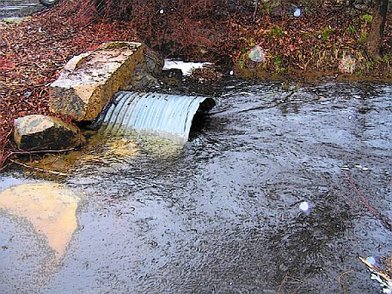
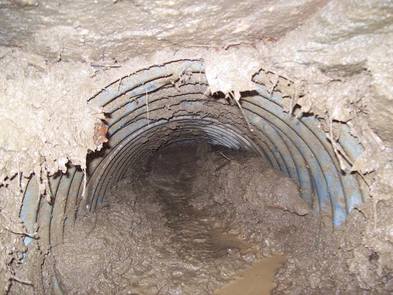
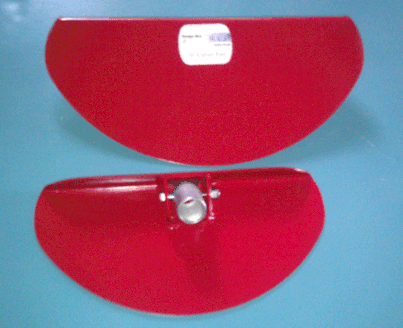
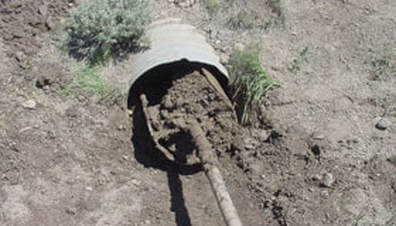
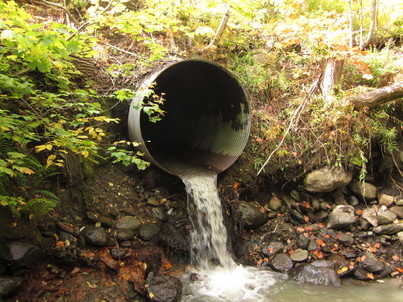
 RSS Feed
RSS Feed
